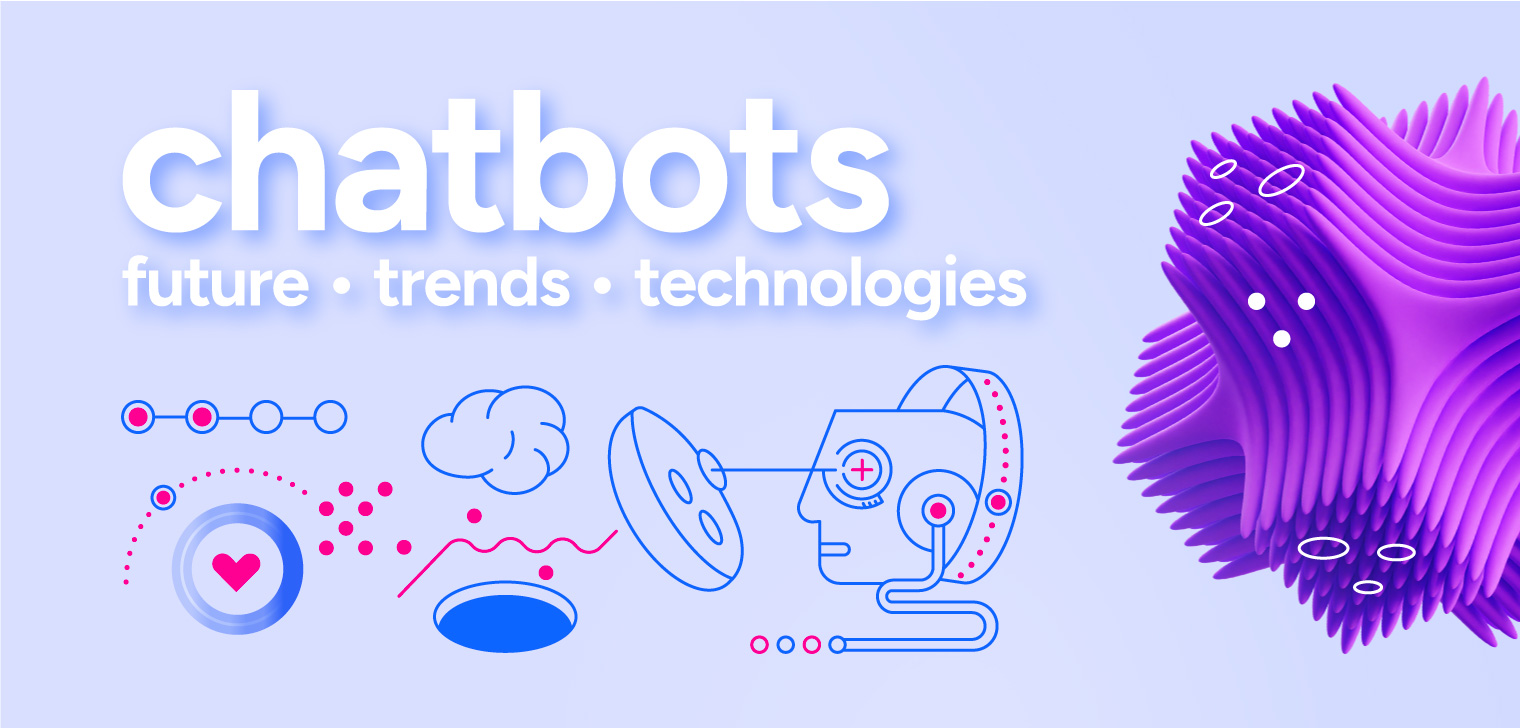Insights
- category:
How to become a data-driven organization?
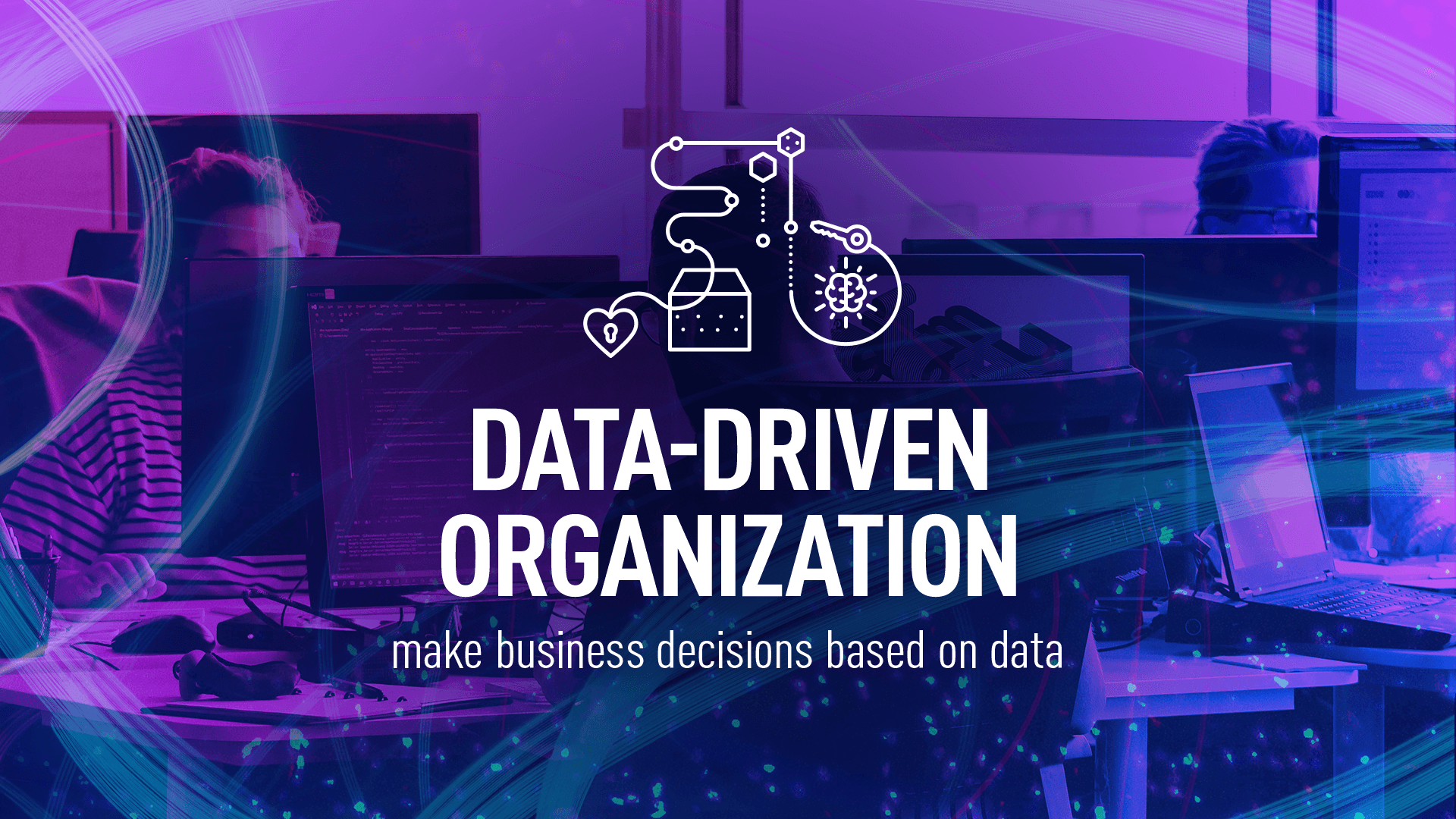
Research shows that companies that understand the value of using data in their strategy are more likely to retain their current customers, acquire new ones and make a more significant profit. But what exactly needs to be done to become a data-driven organization? We’ve gathered a few tips that can help you.
What is a data-driven organization?
A data-driven organization is simply a company that makes its business decisions based on facts – or, more specifically, the gathered data. Also, the whole decision-making process happens with all the employees from the organization, not only those from the management.
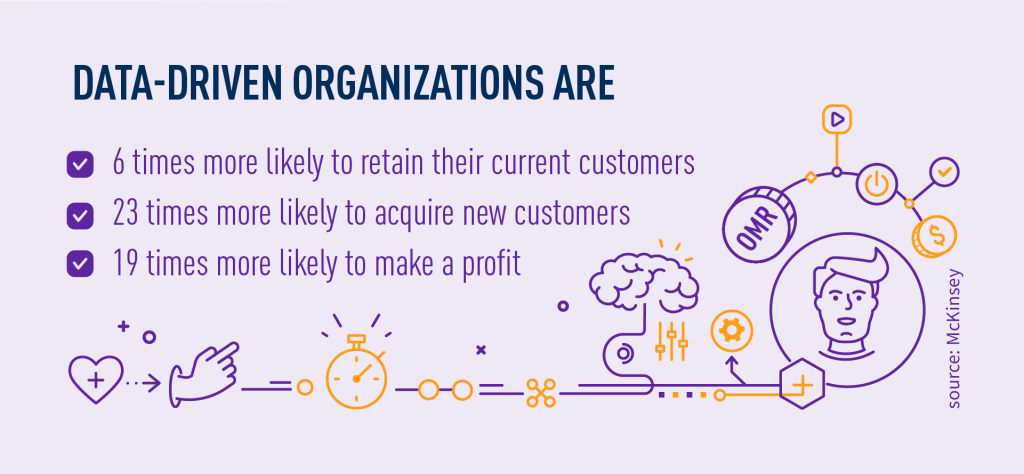
There are a few things every company should focus on to become a data-driven organization:
- technology that supports a data-driven culture with the ability to collect all relevant information, its integration, and transformation into meaningful insights,
- data fluency that allows the company to extract insights and intelligence from data and information,
- the power to make decisions and take actions based on insights extracted from data.
- an organizational structure that sustains a data-driven culture and encourages everyone to use data to make business decisions.
Main challenges on the way to becoming a data-driven organization
Collecting, organizing and gaining value from large volumes of data is quite a challenge to most companies – especially now when the estimated value of digital information produced daily is soon to be at an astounding 463 exabytes. Data transformation, analytics and AI solutions are here to help, but if you truly want to make the most out of your data, becoming a data-driven company is essential. However, you can face a few obstacles during the process.
Difficulty in implementing changes within the organization
The most common challenges to becoming a data-driven company are the people and their resistance to change. Employees are often used to treating data in the traditional way, meaning they want a dedicated team to ensure its handling and security.
Although these are some valid concerns, you can resolve them with the help of technology. If you introduce your employees to data analytics tools containing access control policies, their objections can quickly be gone. Make them open to technological changes, so their concerns won’t prevent your company on the way to becoming a data-driven organization.
Lack of the proper tools and employees
Data analytics is quite a recent field. There are still only a few people with the right skills to work with data. Also, data-driven tasks keep getting harder. There are vast amounts of data and new data sources, including unstructured data, such as sensor data, signals, texts, or pictures. Unfortunately, those are only easily captured or made quantifiable with the proper tools.
First, you should hire experienced data analysts. Moreover, you should ensure that all your other employees are trained to extract valuable business insights from the data sets. That will help in making the whole organization more data-driven. Then, you must recognize and appreciate that data is a valid asset that influences your business goals. That is why you should invest in proper tools to make the most out of data analytics.
Inability to process quality data
Not every collected data is good. Low-quality data is one of the major challenges in supporting data-driven decision-making processes. Unfortunately, it can also significantly harm the business goals. According to Gartner, low-quality data can cost businesses an average of $15 million annually.
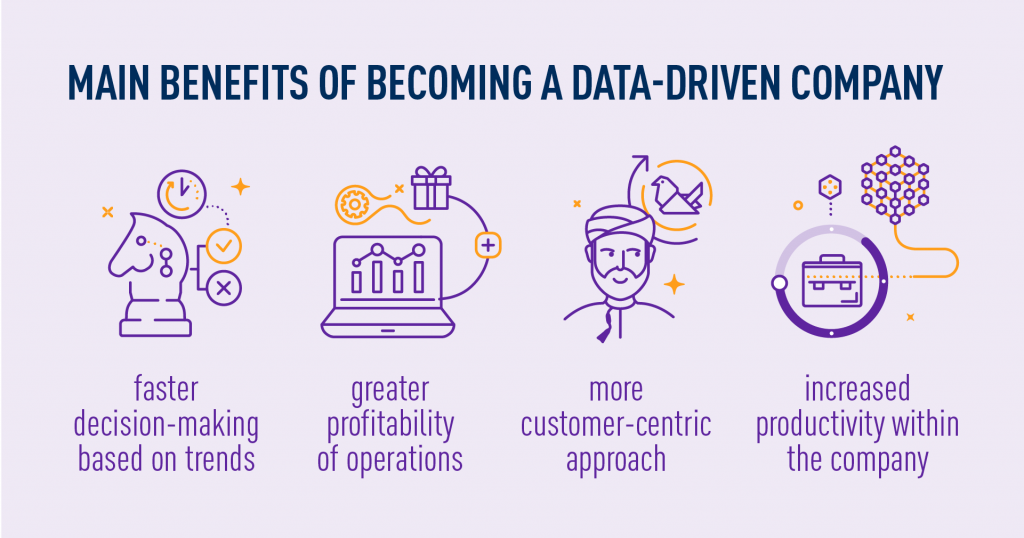
The organization may also make decisions based on outdated data, resulting in poor business decisions. Therefore, it’s important never to assume the accuracy of the data used to drive business decision-making.
How to become a data-driven organization?
Transformation within organizations is a monumental process that is best carried out step-by-step. You should also ensure they happen at every company layer, with the proper technology that allows changes while the business evolves.
To help you with that process, we’ve prepared a thorough guide to becoming a data-driven organization.
Hire people who understand the value of data
Hiring employees that understand how data improves the business will bring you all the benefits of becoming a data-driven organization. Experienced data analysts can help with internal operations, such as increasing customer service efficiency or reducing unnecessary business costs. All this begins by hiring open-minded people about what the data will tell them.
Adopt the right data analytics tools
Data will only be valuable if most employees understand it or apply it to the business strategy. Investing in the right data tools might solve this problem. Focus on the ones that are easy to access, and that can be directly embedded into your existing business tools. Remember that all your employees need to know exactly what each tool offers. That’s why you should invest in proper training within the organization. Only then your employees will make the most out of data analytics.
Make data accessible for employees
A data-driven company ensures that all employees have access to the most accurate data. All your employees need to know they are part of the decision-making process. While understanding the value of data, they can use it to improve the company’s business goals. Of course, you should never forget to put security compliance first while making data accessible for employees.
Cultivate a data-centric culture
All employees should feel that they take the initiative when suggesting ways to use the collected data. That’s why it’s essential to cultivate a data-centric culture. It means that employees know that data analytics is integral to the business strategy. Also, you need to set a plan to identify the business outcomes from using data. And that needs to be done before implementing data analytics in business operations. That will make sure that your organization works well within data-centric rules.
Align data with business goals
Companies should use data to improve their internal business strategy and end-user goals. Data must be used within all levels of organizations, from finances to marketing, developers, and project management. Also, organizations need to consistently find new ways to apply data outcomes. That’s why a continuous improvement approach is a must in a data-driven organization. While you test before launching or learn from failures that happened on the way, you can achieve the business goals faster and more accurately. This will improve how your employees work with data, making your company entirely data-driven.
Make the right business decisions
Although many organizations think that their business is data-oriented, only a few follow through with the appropriate actions. Data collecting is expensive, so companies need to do everything they can to use it to make the right business decisions.
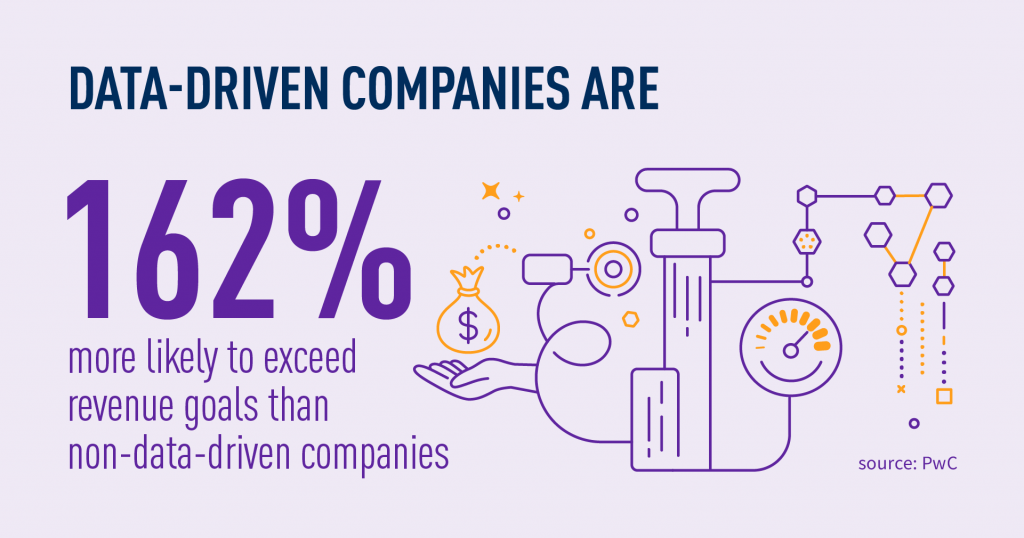
In addition, businesses should promote a data-centric culture, empowering analysts to harness data from multiple sources. All of that also matters when building a data-driven organization.
TASIL – make data-driven decisions
Undoubtedly, becoming a data-driven organization should be the priority for modern businesses. But, with all that in mind, companies might need a helping hand. That’s when TASIL comes to the rescue.
TASIL is a complete, pre-integrated, and self-sufficient product ready for market use. We understand the value of data and can use it to help you implement a successful and data-focused business strategy. Our platform enables easy, collaborative, and secure processing of any information assets. With TASIL, you can monetize your data while preserving your customers’ privacy and identity.
If you want our help during the process of becoming a data-driven organization, feel free to consult your business case with us. We’re here to answer all your questions!



